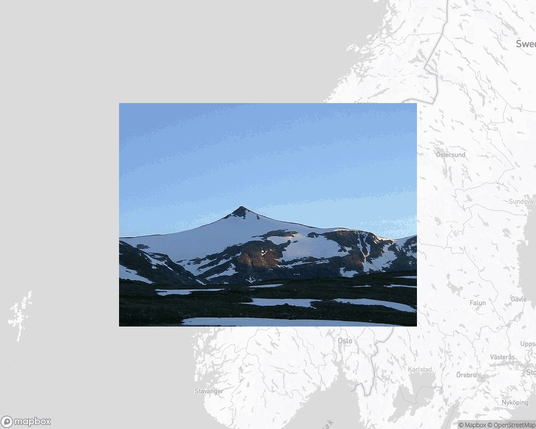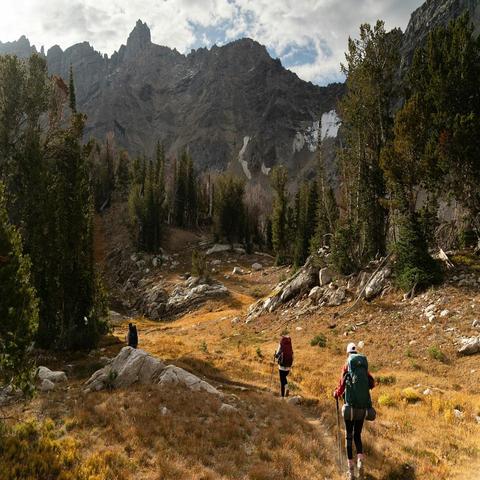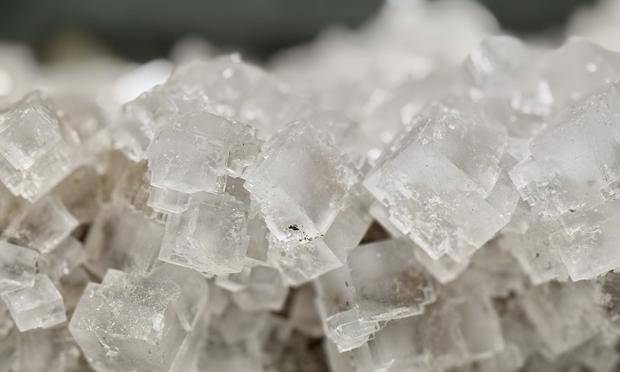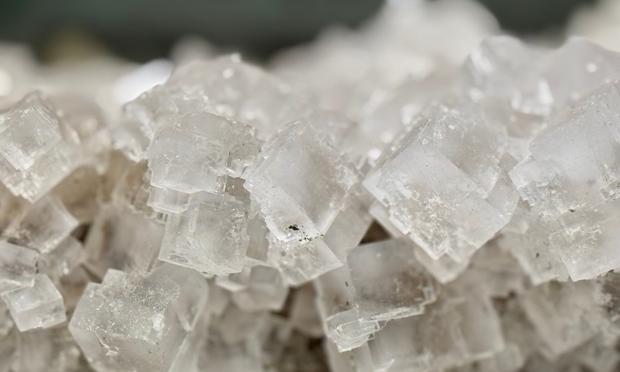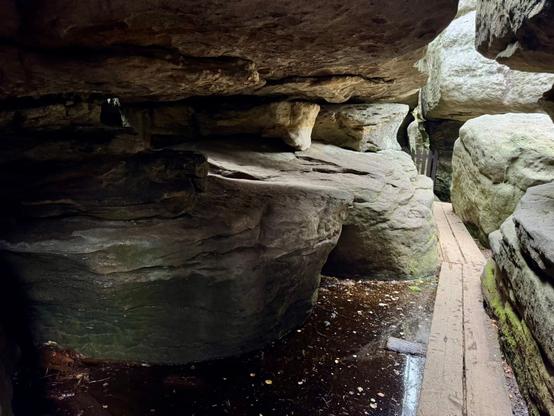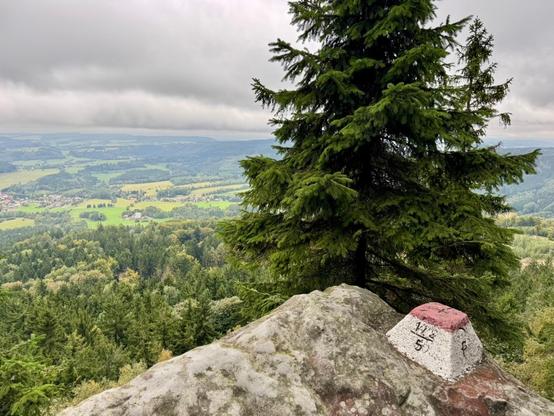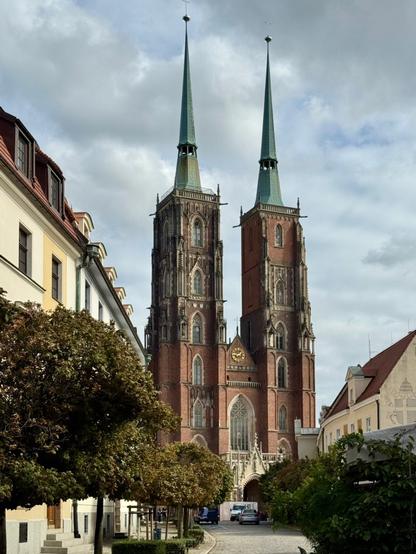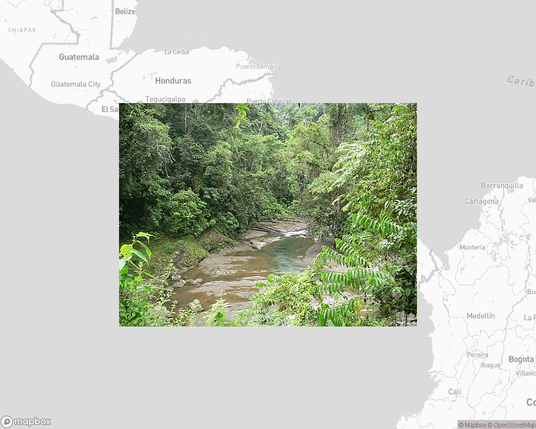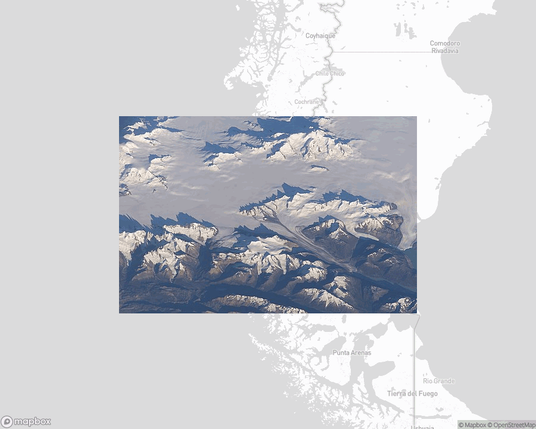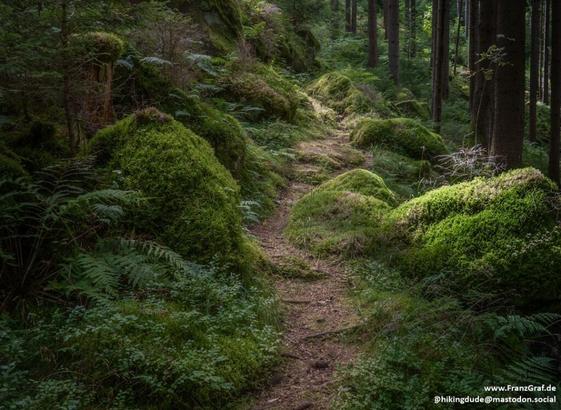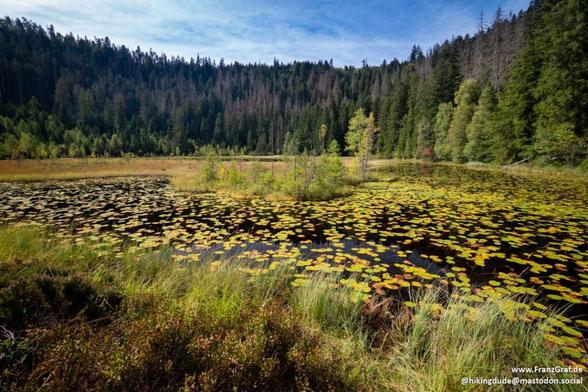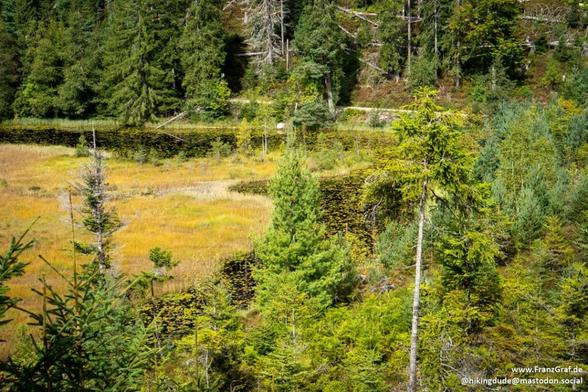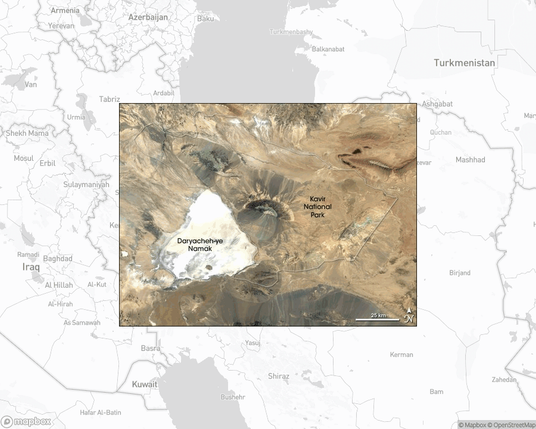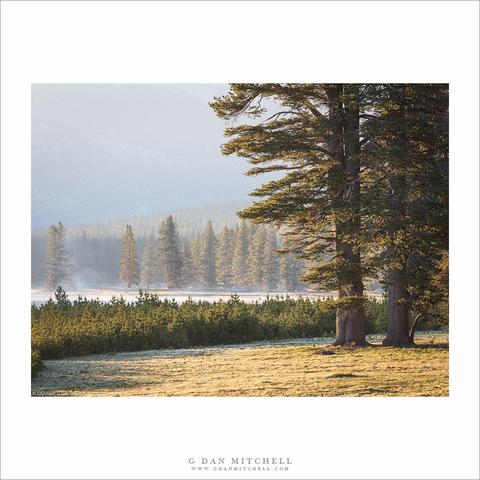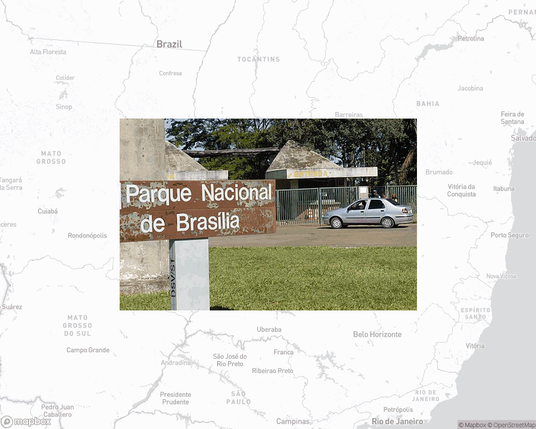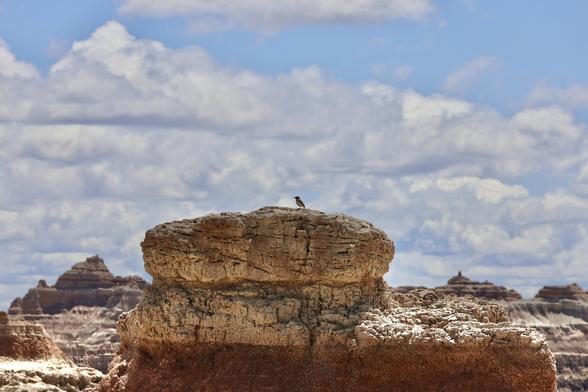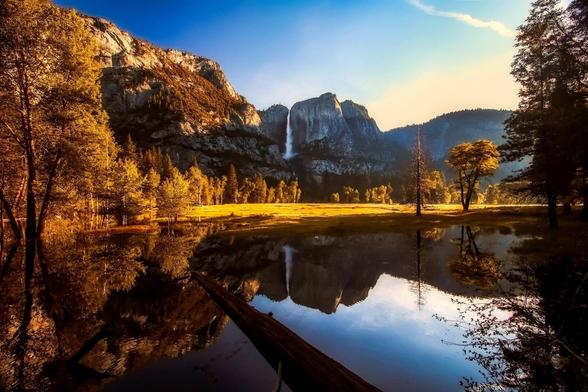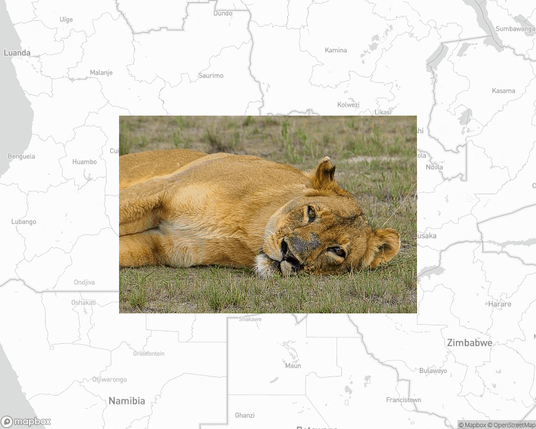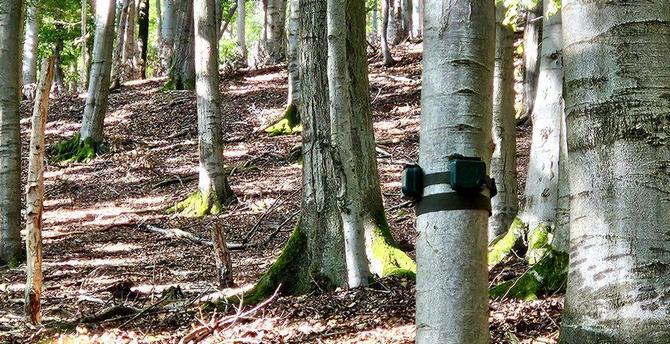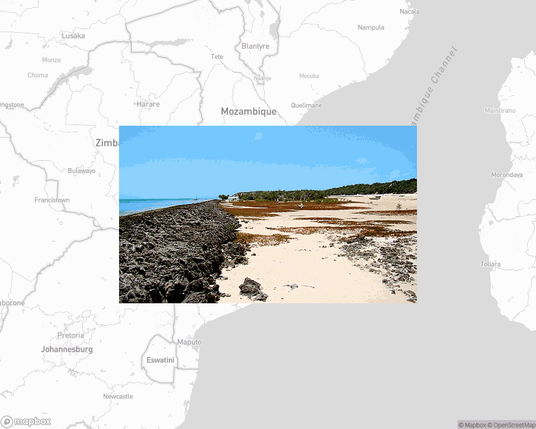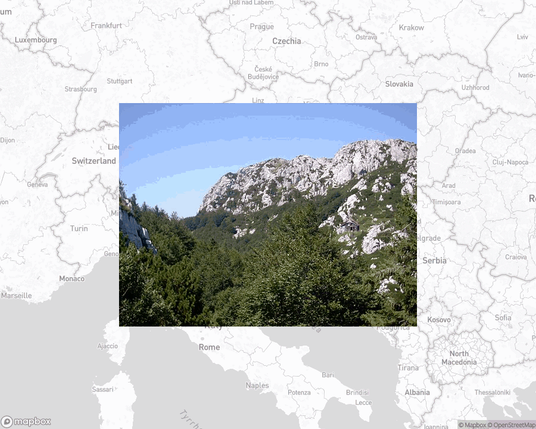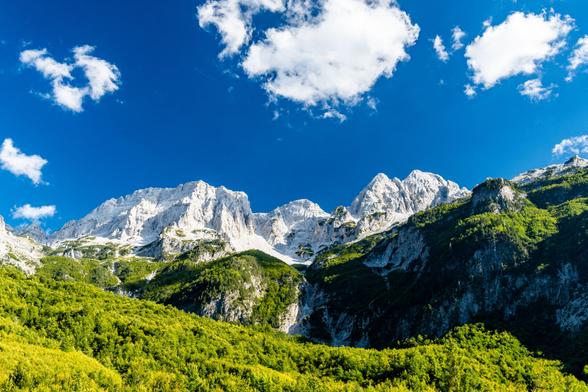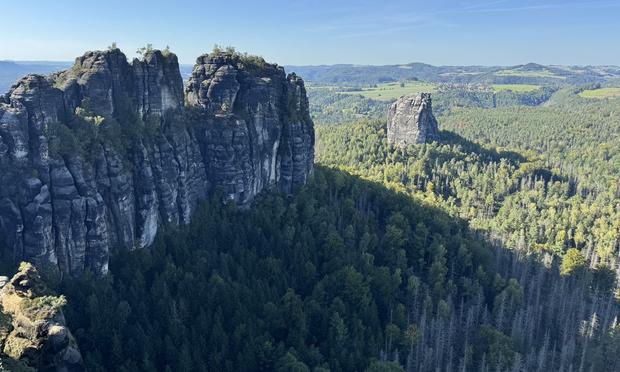Reinheimen National Park, national park in Norway.
#NationalPark
National Parks East Coast USA: Top Places to Explore
The national parks east coast USA are some of the most remarkable natural destinations in the country. From the rugged shores of Maine to the misty mountains of Tennessee, these parks combine nature, culture, and history into one unforgettable experience. Whether you’re an outdoor enthusiast, a history lover, or simply looking for peace, there’s something extraordinary waiting for you.
https://travelbloger.net/national-parks-east-coast-usa/
#nationalpark #usa #vacation
Our first trip to Poland was aimed at visiting the Wieliczka Salt Mine, a UNESCO World Heritage Site near Kraków. En route we would call at Wrocław, explore some natural attractions and witness the infamous Auschwitz-Birkenau camp before reaching the High Tatras and crossing into Slovakia.
👀 More? See https://curiositydrive.org/2025/10/12/salt-and-snow-in-southern-poland/
#camperVan #europe #hiking #nationalPark #nature #nomad #poland #roadTrip #travel #unesco #vanLife
Salt and snow in southern Poland
Our first trip to Poland was aimed at visiting the Wieliczka Salt Mine, a UNESCO World Heritage Site near Kraków. En route we would call at Wrocław, explore some natural attractions and witness the infamous Auschwitz-Birkenau before reaching the High Tatras and crossing into Slovakia.
Coordinates
- Bukowina Kłodzka, Kudowa-Zdrój, Poland
- Wrocław, Poland
- Oświęcim, Poland
- Ojców, Skała, Poland
- Wieliczka, Poland
- Kraków, Poland
- Palenica Białczańska, Brzegi, Poland
- Zakopane, Poland
When we arrived in Poland for the “first” time, technically it was our third visit this trip—having crossed the border for a few minutes from both Bad Muskau and Görlitz! Błędne Skały near Bukowina Kłodzka in Park Narodowy Gór Stołowych | Table Mountains National Park is another sandstone labyrinth; visiting means frequent squeezing and ducking. It’s located right on the border with Czechia, with trail-side markers and views into the Republic on the 2km return loop:
Błędne SkałyA view into CzechiaWrocław
After several hours driving northeast on poor secondary roads (rougher than we experienced in the Balkans) we made Wrocław and chose a “Plan C” pitch. We took a tram into Ostrów Tumski | Cathedral Island, dominated by the Gothic-style Katedra św. Jana Chrzciciela | Cathedral of St. John the Baptist (📷1), which we visited after sampling ice cream from Polish Lody. Hala Targowa we Wrocławiu | Wrocław Market Hall was built with reinforced concrete in 1906–08, when the city was named Breslau and part of the German Empire (📷2). The stalls at Stare Jatki, a meat market since the Middle Ages, are now occupied by gift shops (📷3); there’s a Monument to the Slaughtered Animals in bronze at the entrance. Speaking of bronze, Wrocław exhibits hundreds of dwarf (krasnale) sculptures in squares, alleys, walls, up poles, etc. (📷4); initially an anti-communist symbol in the 1980s, it morphed into a city-wide art project.
University of Wrocław, founded in 1702, is the biggest and most historic of the academic institutions in Wrocław; even the door on its main building looks prestigious (📷1). Of course, there is a dwarf academic to be found in the vicinity (📷2). Visitors can pay to enter various levels of the museum within, including the famous Aula Leopoldina with over-the-top Baroque architecture (📷3) and Wieża Matematyczna | the Mathematical Tower, which allows panoramic views over the adjacent rooftops (📷4).
Wrocław’s Rynek Główny | Main Market Square is one of the largest in Europe (📷1); Stary Ratusz | the Old Town Hall on the square was built between the 13th–16th centuries and features an astronomical clock (📷2). Plac Solny | Salt Square is a smaller neighbouring public plaza, similarly lined with impressive façades; once a salt trading hub, it’s now known for flower stalls (📷3). After a tasty meal of pierogi (a classic Polish dish of filled dough dumplings) we walked back to camp beside the Odra | Oder river, which has created a dozen islands requiring many bridges—hence the city’s “Venice of Poland” nickname (📷4).
Oświęcim (Auschwitz-Birkenau)
Auschwitz-Birkenau Memorial and Museum is located on the grounds of the former Nazi concentration and extermination camp in the town of Oświęcim (Auschwitz is a German exonym). Self-guided visits are free; paid guided tours with “educators” are offered in various languages (tours can also be taken online). Entry passes are limited/ for specific times, so advance online booking is a must. A “Multibook” online course is provided as pre-visit prep. The camp is in three parts: Auschwitz I, Auschwitz II–Birkenau & Auschwitz III–Monowitz. Pre-existing military barracks were initially selected in 1940 to house Polish political prisoners; the camps greatly expanded during WWII. An estimated 1.1M people were murdered here—mostly Jews, but also other nationalities, minorities and (often overlooked) people with differences, such as disabilities.
The main Auschwitz I entrance gate, as we saw at Dachau, carries the propoganda slogan „Arbeit macht frei” | “Work [will set you] free” (📷1). In reality, most were set free in the camp’s ovens (📷2). The gateway at Birkenau wasn’t a waypoint on a resettlement journey (📷3); for many people it was simply the end of the line (📷4).
A clip from a survivor in the Multibook observes that most Europeans share Judeo-Christian values (whether believers or not) and proposes an 11th Commandment:
“Thou shall not be indifferent”.
One only need look at our less-than-glorious history since, or access the current news, to gauge that humanity has learned very little from this shameful place; that indifference is highly prevalent and that acts of genocide continue. The Holocaust. Armenia. Rwanda. Cambodia. Bosnia. Darfur. Holodomor. Guatemala. Gaza. And more… so many more.
Why do we the majority keep enabling the minorities who orchestrate mass murder? How do we overcome individual and collective indifference, or suppress the errant socio-political mechanisms that encourage it?
Auschwitz I was the original camp. It was the site of mass murders by gassing; executions by shooting; unethical medical experiments (including but not limited to mass sterilisation techniques); and of the mistreatment/ torture of jailed prisoners. It also housed the camp commandant’s office and most of the SS administrative offices. Arriving by train (typically in cattle or freight cars), around 20% of newcomers were selected by SS doctors for slave labour. They were put to work in factories, fields and woods; the other 80% were allocated to die much sooner.
Displays in this part of the camp include a model of a gas chamber, including piles of corpses (📷1); recovered canisters that once contained “Zyklon B”, the chemical agent used for mass exterminations (📷2); prostheses confiscated from people with disabilities (📷3); and luggage belonging to victims, bearing consignment numbers and sometimes names (📷4). Even names were then discarded too, as prisoners were dehumanised further by becoming only numbers.
A bus transfer took us to Birkenau; it’s a more open/ exposed site (so dress for weather), where the process of mass murder was efficiently industrialised. Of the hundreds of wooden prisoner barracks that once filled this vast site ~20 are preserved (otherwise only the foundations and brick chimneys remain). They were originally designed as stables for 51 army horses, prefabricated in Germany; repurposed, they held over 400 prisoners each (📷1) . Some were configured as communal washing and latrine halls. The unloading ramp is where selection took place for immediate murder, or delayed murder through work (📷2). This “No. 3” crematorium was designed to process 1,440 corpses per day (📷3). As the SS led 56,000 prisoners on “death marches” to other camps in January 1945, they blew up the gas chambers and crematoria in Auschwitz-Birkenau in an attempt to hide evidence of atrocities. A monument at end of the rail track faces towards the site’s main gate (📷4), where in late January 1945 the Red Army liberated ~7,500 remaining prisoners. Plaques in multiple European languages read:
“For ever let this place be a cry of despair and a warning to humanity, where the Nazis murdered about one and a half million men, women, and children, mainly Jews from various countries of Europe.”
In orbit of Kraków
Ojcowski Park Narodowy | Ojców National Park in the Prądnik (📷1) and Saspówka valleys is the smallest national park in Poland. The landscape contains many named limestone rock formations and some 700 caves that provide habitats for bats; this formation is called Brama Krakowska | Kraków Gate (📷2). Grota Łokieteka | King Łokietek’s Cave is the park’s longest cave and offers guided tours. Zamek w Ojcowie | Ojców Castle, a Gothic ruin, is one of the park’s two main castles, seen here from a viewpoint (📷3). From the Green Trail we overlooked a formation known variously as the Glove, White Hand or Five-Finger (📷4); beside it is the platform for accessing Jaskinia Ciemna | the Dark Cave (closed to protect bats and where Neanderthal remains were found) and Kraków Gate is visible near the bottom of the valley. This hike was a 10.5km/ 3h return loop.
Kopalnia Soli „Wieliczka” | Wieliczka Salt Mine is a UNESCO-listed site that began operations in the 13th century. We began our visit by exploring the modern (2014) Tężnia solankowa | Graduation Tower (📷1). Such structures were traditionally used in Central Europe for producing salt by evaporating water from brine. As the brine is trickled down from distribution troughs (📷2) it passes over bundles of blackthorn brushwood and evaporates, increasing salt concentration (📷3). At the same time, the air around the tower is filled with a salty aerosol containing iodine, magnesium and other trace minerals (📷4). Breathing this air is said to offer therapeutic benefits for people with asthma, allergies and other respiratory conditions; stress relief and immuno-stimulation are also claimed. Scientific evidence of any clinical benefit is lacking.
We chose the mine’s Tourist Route, beginning at the mine’s Daniłowicz Shaft (there’s also a Miners’ Route via the Regis Shaft). Vast, with around 300km of tunnels, it isn’t the largest mine in the world—but is one of the longest running (1200s to 2007); we got to 130m depth, covering ~3.5km using lots of steps and airlocks (part of the ventilation system). Valuable table salt or “white gold” was initially mined for the king, but tourism has been a thing here for 300 years—even Goethe visited. The touristic parts of the mine contains chapels, sculptures, underground lakes and chambers carved entirely out of rock salt. Most famous is Kaplica św. Kingi | the Chapel of St. Kinga, an underground cathedral carved by miners beginning 1896, complete with altars, chandeliers and reliefs—all made of salt (📷1). A collection of dwarfs pays homage to Tolkien (📷1); the oldest salt sculptures date to the end of the 17th C. The artificially-flooded Komora Erazma Barącza | Erazma Barącza Chamber was built 1846–66 for aesthetics (📷3). The Komora Weimar | Weimar Chamber from the early 20th C. is all about acoustics (📷4).
Other interesting points about the mine/ salt mining:
- We were surprised at how much wood is used for framing; petrified with salt it can better withstand pressure
- Salt has long been valuable: the word salary comes from the Latin salarium, derived from sal = salt
- Methane gas was deliberately ignited to dissipate it
- Up to 100 horses were once stabled underground
- Water was the biggest danger: as it dissolved salt-rock walls, it had to be pumped out
- Aircraft parts were produced in the mine by slave labour during WWII
- The mine closed only for two events: WWII and the Covid pandemic
- Grottoes containing pure crystals of rock salt (halite) formed in the Miocene period are not open to the public.
Kraków
Kraków was an easy and cheap train ride from a free park-and-ride in Wieliczka. We wandered through a couple of markets in the Kazimierz (the Jewish Quarter) including Plac Nowy (📷1), before taking the promenade beside the Vistula River into the old town of this former Polish capital. Perched on Wawel Hill, Zamek Królewski na Wawelu | Wawel Royal Castle (📷2) and cathedral served as a residence, coronation and burial site for Polish monarchs; it’s part of the UNESCO-listed “Historic Centre of Kraków”. Rynek Główny | Main Market Square (📷3) is Europe’s largest medieval market square and is a hive of activity. At the square’s northeast corner is Kościół Mariacki | St. Mary’s Church with its asymmetric Gothic towers (📷4); from one of these we heard the famous hourly trumpet call (Hejnal) and inside is one of Europe’s most stunning altarpieces by Veit Stoss.
Dominating the centre of Rynek Główny is the Sukiennice | Cloth Hall, a Renaissance building regarded as the world’s oldest shopping mall (📷1); its stalls offer touristy trinkets. We wandered into several side streets adjoining the main square too, noting some historic façades and specialty shops, including this especially colourful florist’s shopfront (📷2). Between the old town and the ring of Plantry Park (marking the former city walls) is Brama Floriańska | St. Florian’s Gate, a medieval fortification at the town’s northern entrance (📷3); it was built in the 14th C. to defend against Mongol attacks (the Tatars had destroyed most of the town in 1241 CE). Nearby is the circular Barbakan | Barbican, a brick structure built in c.1498 originally with a moat to defend against the Ottoman Empire (📷4); it was linked by a passageway to St. Florian’s Gate.
High Tatras
The Tatras are a subrange of the Carpathians (a large mountain range curving through Czechia, Slovakia, Poland, Ukraine, Romania and Serbia); they run along the border between northern Slovakia and southern Poland. The High Tatras (Vysoké Tatry) are the highest and most alpine part of the Tatras, with only a small section in Poland—where we came for the Five Polish Ponds Valley hike. Our trail began in Palenica Białczańska, the entrance to the Tatra National Park (van parking + 2x park entry = 107 PLN/ ~£22). The first 40min were on tarmac, but did afford views into the valley leading to Morskie Oko (📷1). We broke off from the procession on the superhighway to the famous lake and began climbing the Roztoka Valley. Garrulus glandarius | the Eurasian jay landed close to the path just ahead of us (📷2); he’d swooped in to dine on someone’s discarded trail snack (📷3). For the next few kilometres the well-made path was relatively gradual as it wound through primarily pine forest (📷4).
There were a few types of fungi trailside, including Calocera viscosa | the yellow stagshorn (📷1). Also adding colour was Gentiana asclepiadea | the native willow gentian, which favours mountain woodlands (📷2). Having stopped for a drink, we were surprised by Vulpes vulpes | the native red fox, brazenly making his way downhill on the trail despite the stream of panting humans (📷3). The path had become considerably tougher by the time we reached Wielka Siklawa | Siklawa Falls, the highest waterfall in Poland at 70m (📷4).
A bit more ascent and we reached the glacier-formed Dolina Pięciu Stawów Polskich | Valley of Five Polish Ponds. Wielki Staw Polski is the largest and deepest (79.3m) lake in the valley (📷1). The outflow of this lake (📷2) forms the Roztoka stream, which drops over a rocky threshold to create the Siklawa Falls. Mały Staw Polski is the smallest of the five and offered us the best reflections as the clouds gathered (📷3). There’s a mountain hut on the shore of Przedni Staw Polski offering food and accommodation (📷4). This hike was 16km/ 5.5h return with ~700m elevation gain.
Our lucky run with autumn weather ended in rain, hail and cold: not ideal conditions for more hiking in the High Tatras. We decided to treat ourselves to a couple of nights out of the van in an alpine chalet (especially as two nights in the local campsite = cost of one night in a studio apartment). We made a visit to Zakopane’s pedestrianised main street full of chain stores, eateries and tourist tack; we bought oscypek, a traditional smoked sheep’s cheese, to pan fry in a little olive oil (📷1). Next morning the Morskie Oko webcam showed snow, so we drove back to the national park entrance at Palenica Białczańska. During the mostly dull 8km of ascent to Morskie Oko on tarmac we spotted Dryocopus martius | the black woodpecker; the reduced red crown indicates a female (📷2). The colours of autumn contrasted against the background of evergreen spruce (📷3); as we got higher the drizzle gave way to a monochromatic snowy landscape (📷4).
After ~8km we reached the mountain hut at glacier-carved Morskie Oko, the largest lake in the Tatra Mountains—although our view of the far shore was limited and the famous peaks absent:
The 51m deep lake at 1,395m elevation is easy to circumnavigate, although we needed to be mindful of our footing in these conditions (📷1). It’s known for clear water, which supports native brown trout; in a few places autumnal leaves lined the shore (📷2) and watching the snow flakes vanish into lake water was mesmerising. Although we didn’t see Nucifraga caryocatactes | the spotted nutcracker we did identify Phoenicurus ochruros | the black redstart with distinct orange tail (📷3); otherwise it was ducks that flew in, hoping for a meal (📷4). We didn’t do the climb to Czarny Staw pod Rysami (another lake); 19km/ 5.25h return was ample exercise. The hike was surprisingly popular even in inclement weather; in high season it attracts several thousand a day.
We would soon return to the High Tatras—but from the Slovakian side.
Poland: road trip essentials
- Entry requirement: Visa-free for up to 90 days per trip as Schengen Zone residents
- Road conditions: Secondary roads poorly maintained
- Driving rules/ equipment: EU licence accepted/ IDP(1968) not required; speed limit is 140km/h motorway, 20–50km/h urban
- Vehicle insurance: Cover via ADAC (International Motor Insurance Card/ “Green Card”: PL)
- Breakdown insurance: Cover via ADAC
- Travel/ health insurance: Cover up to 63 days trip total via ADAC; EHIC/ Krankenkasse card valid
- Tolls/ road user charge: A2 & A4 motorways have tolls via booths using cash or card (where < 3.5T)
- Emissions restrictions: Clean Transport Zones or “Strefa” (i.e. LEZs) in Warsaw & pending in Kraków (from 01/07/26)
- Pitches: Camping grounds; aires/ Stellplatz; wild camping is illegal (except where expressly permitted e.g. in “Stay the Night” Forest Zones)
- Water: Camping grounds; aires/ Stellplatz
- Toilet/ grey water disposal: Camping grounds; aires/ Stellplatz
- Rubbish disposal: Camping grounds; aires/ Stellplatz
- Shore power: Camping grounds; aires/ Stellplatz
- Safety/ security: Generally safe for visitors with a relatively low crime rate; jaywalking illegal; avoid photographing military or national infrastructure; risk of petty crime in larger cities/ fraud/ faking accident or breakdown in order to steal vehicles/ ticks (TBE) in some areas (mainly in NE)
- EU data roaming: Yes
- Currency: Złoty/ PLN (EUR may be accepted at camps; cards are widely used; we did not need any cash)
For more/ current info, see our preparatory checklists and consult the RAC/ ADAC and FCDO/ Auswärtiges Amt websites.
✳️ Tips and tricks
#2025 #camperVan #europe #hiking #nationalPark #nature #nomad #poland #roadTrip #travel #unesco #vanLife
Barbilla National Park, national park in Costa Rica.
Bernardo O'Higgins National Park, national park in Chile.
https://en.wikipedia.org/wiki/Bernardo_O%27Higgins_National_Park
Schwarzwald’s Black Lake and Wild Mossy Paths
On day five in the Schwarzwald, we hiked another one of Baiersbronn’s great “Himmelswege” trails. While the hike started along forest roads, the highlight was circling a tranquil, mirror-like lake surrounded by lush moss. The route unfolded through varied terrain, from narrow fern-lined paths to softly lighted mossy woods, offering a diverse hiking experience.
https://www.franzgraf.de/blog/2025/capturing-the-schwarzwalds-black-lake-and-wild-mossy-paths/
#Baiersbronn #Eiszeitpfad #Forest #hiking #Himmelsweg #Lake #Moody #moss #Nationalpark #peertube #Photography #Schwarzwald
Kavir National Park, national park of Iran.
“Meadow and Forest, Clearing Fog” — Morning fog clears from a Sierra Nevada meadow and forest.
The atmospheric and light conditions were lovely on this July morning at Tuolumne Meadows, in the high country of Yosemite National Park. Shortly after sunrise hardly anyone was there, since the campground was still closed. If you have visited this place in the summertime, you know that such solitude is a rare and wonderful experience here…continues: https://gdanmitchell.com/2025/10/11/meadow-and-forest-clearing-fog/
#sierranevada #yosemite #nationalpark #forest #fog #meadow #morning #nature #landscape #landscapephotography #photography
Congaree National Park #cong #nationalpark
⛔ Park Closure ⛔
Issued: 10/11/2025 12:00 AM EDT
What to Expect During Government Funding Lapse
The following areas are not open at this time: Harry Hampton Visitor Center, Eastern National Park Store.
Congaree National Park #cong #nationalpark
ℹ️ Information ℹ️
Issued: 10/11/2025 12:00 AM EDT
What to Expect During Government Funding Lapse
In general, other areas within this park remain as accessible as possible. Visitors should be aware that while some services are unavailable visitors are expected to protect park resources by following all regulations and “Leave No Trace” practices.
Brasília National Park, national park.
Rock wren, Badlands National Park (photo taken in May).
#birds #birdphotography #naturephotography #wildlifephotography #badlands #badlandsnationalpark #rockwren #wren #nationalpark #nationalparks #landscapephotography
🚫 Our National Parks may be closed or open, but are operating short-staffed and without pay. To those who continue to care for our public lands—thank you.🦬
campingemporium.com
#nationalparks #nationalpark #nature #hiking #travel #nationalparkgeek
Liuwa Plain National Park, national park of Zambia.
Schutzgebiete setzen auf Künstliche Intelligenz für Arten- und Klimaschutz
Nationalpark ist Partner im bundesweiten Projekt „KI-Nationalpark“ #KI #Nationalpark
Bazaruto National Park, national park.
https://en.wikipedia.org/wiki/Bazaruto_Archipelago_National_Park
Risnjak National Park, national park in Croatia.
#travelphotography #landscape #landscapephotography #motorbike #motorbiketour #motorrad #motorradtour #reisen #nikonphotography #nikond7500 #albanien #albania #Shqipëri #bajramcurri #nationalpark #nationalparknorthalbania
Exploring eastern Germany has been long overdue for us. We’d crossed east from the Bavarian Rhön into Thüringen a couple of times, and visited Berlin for a weekend, but for some reason a “wall” remained long after the Cold War had ended and Germany reunified. Time to put that right! On our way to Poland our route took us via the states of Thüringen, Sachsen-Anhalt, Brandenburg and to the “far east” of Sachsen.
👀 More? See https://curiositydrive.org/2025/10/10/hiking-through-history-in-eastern-germany/
#brandenburg #camperVan #germany #de #hiking #nationalPark #nature #nomad #roadTrip #sachsen #sachsenAnhalt #thüringen #travel #unesco #vanLife
